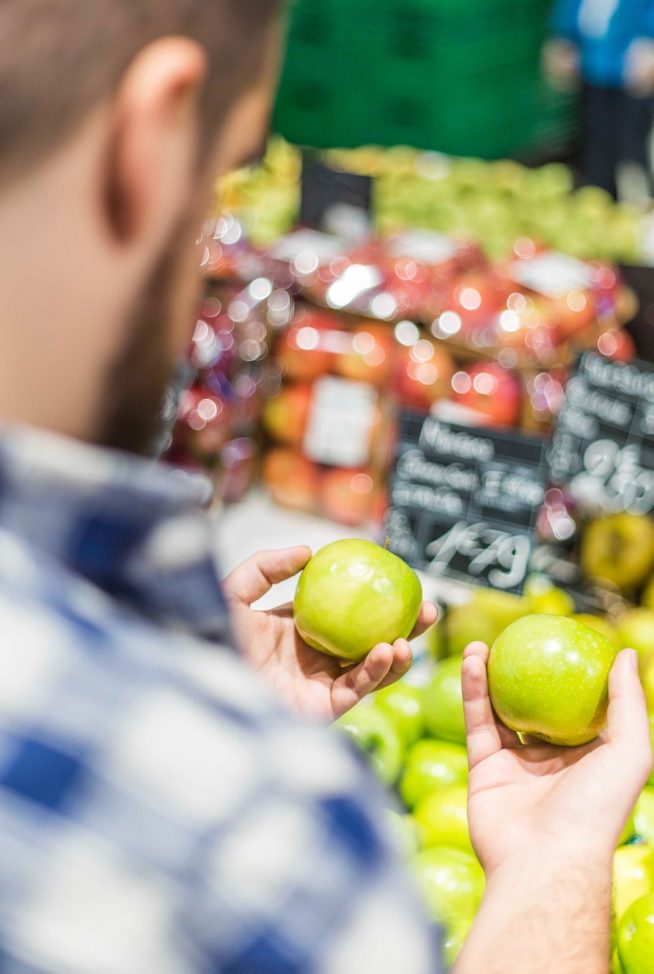You are in control of your decisions, right? Barring coercive constraints, you are a thoughtful free agent who, when presented with options, leverages your discretionary free agency to weigh the pros and cons of each option before making a decision. In short, you are rational. Kudos. This is the traditional economic perspective, where people make rational choices that maximize their utility. The problem is, the human brain doesn’t work this way.
Consider the following scenario.
Imagine that the United States is preparing for the outbreak of an unusual disease, which is expected to kill 600 people. Two alternative programs to combat the disease have been proposed. Assume that the exact scientific estimates of the consequences of the programs are as follows:
- If program A is adopted, 200 people will be saved.
- If program B is adopted, there is a one-third probability that 600 people will be saved and a two-thirds probability that no people will be saved.
Which option would you choose?
Daniel Kahneman, a psychologist who won the Nobel Prize in Economics for his work into the understanding human behavior, presents this scenario in his seminal book, Thinking Fast and Slow. He, along with his now deceased research partner, Amos Tversky, used this question several decades ago in a study to evaluate how people make decisions.
If you are like most who participated in the study, you chose program A. Certainty reduces risk, and program A presents a sure bet, while program B has an unknown, riskier outcome. Due to this risk aversion, most people will seek the safety of certainty. Seems rational enough so far. But, let’s try another one:
- If program A is adopted, 400 people will die.
- If program B is adopted, there is a one-third probability that nobody will die and a two-thirds probability that 600 people will die.
How about now? Did you choose program A or B? Most people choose option B in this adjusted scenario. But, look closer. Options A and B in each of the scenarios are actually the same. Yet, most people choose A in the first scenario and B in the second. If we, as humans, are rational, shouldn’t we have reasoned the most desirable outcome, and chosen A or B in both scenarios? Not so much.
As it turns out, our decisions are often influenced more by how information we receive is framed and the resulting emotional response to risk than with how rational and logical we are. The first scenario focused on how many lives would be saved – in other words, what will be gained from the decision. The second scenario framed things differently, addressing losses, i.e. how many people will die.
When options in a decision are framed in terms of gains and benefits, people become risk-averse, seeking the sure thing. When options are presented in terms of loss, people are more likely to engage in risk-seeking behavior.
Identifying how options in any decision are being framed is important to understanding your and other’s behavior, from purchasing decisions to weight loss to who you choose to marry to how you vote. Framing is a cunning tactic for those who seek to manipulate as well as a defining feature in how you communicate and influence others.
Now, if you are reading this, thinking, “Yeah, I can see this. There’s a lot of suckers who are just sheep being influenced by framing. I’m too smart for that.” I have one thing to say to you: “Baa!” Because, the simple act of not recognizing how you can be influenced by framing makes you more susceptible than most.
If you are human, then you are influenced by framing. Period. Thinking you are above it, only puts you at a greater risk due to lack of consideration and introspection.
The question, then, is how can you recognize when framing is constraining your ability to make good decisions? First, recognize, everything we take in and dish out is always wrapped in a frame; it’s more a matter of how big that frame is.
Most decisions are based on narrow framing with limited information. It’s like looking at one page of a menu with the hopes of getting the best dish in the restaurant. @poedge (Click to Tweet!)
When you broaden the frame, you expand your ability to make good choices. This is done by asking questions that not only provide additional information, but that also challenge your base instincts and beliefs. Doing this takes an ability to be open, let your defenses down and recognize your own biases.
Here are four questions to ask that will broaden your decision-making frame:
- What else is there for me to know about each option?
- What must be true for each option to be the best choice?
- What do I stand to gain from each option?
- What do I stand to lose from each option?
Good luck making better decisions!
How do you broaden your decision-making frame?
Matt Nelson is the owner of Performance Ownership Edge (POE), the result of his obsession with answering the question, “How do you best engage people in a way that helps them change their behavior, accomplish great things and transform their lives?”. The mission of POE is to help leaders drive innovation by creating Empowered Engagement cultures that maximize the potential of their greatest resource: their people. Matt has extensive experience leading organizational change, coaching leaders and managing and developing regional and national teams. He holds the CERTIFIED FINANCIAL PLANNER™, and Certified Professional in Learning and Performance designations in addition to an MBA where he studied finance. You can connect with him on Facebook, Instagram, LinkedIn and Twitter.
Image courtesy of Raquel Martínez.












